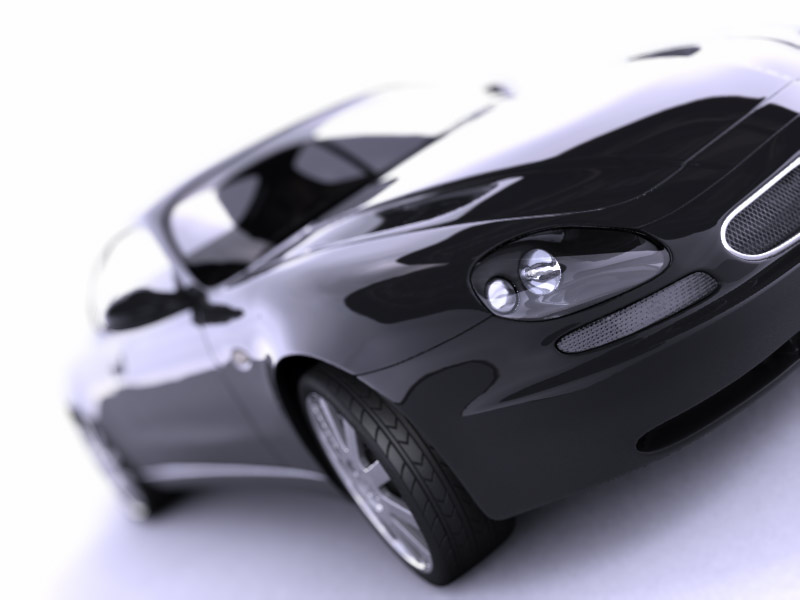
The key here is to offset at least one layer in Z space so that it falls out of focal range. If so, open up the Camera Settings dialog (Ctrl+Shift+Y/Cmd+Shift+Y, or click on the Camera in the Timeline panel), check the box labeled Enable Depth of Field, and enter your value for F-Stop. A low F-Stop (or high Aperture) with a Blur Level of 100% will create a shallow focal effect.Īfter Effects depth of field settings can be matched to a camera report, provided that it includes the f-stop setting used when the footage was shot. Checking Enable Depth of Field in Camera Settings activates Focus Distance (the distance in pixels that is sharply in focus, which can be locked to the Zoom valuenote the check box), as well as Aperture and F-Stop, which are two different ways to measure depth of field. F-Stop is the setting more commonly referenced by camera operators, and yet only Aperture appears as a property in the Timeline.įigure 9.20. The two settings are tied together, so changing one in the Camera Settings dialog has a nonlinear, inverse effect on the other.

These affect only focal depth, not exposure or motion blur. Not so with the After Effects 3D camera, which includes Aperture and F-Stop settings (Figure 9.20). Doing so influences shutter angle and the amount of light passing through the aperture, so the color response and likelihood of motion blur in the shot are affected. With a physical camera, this type of shot requires a narrow depth of field, which is created by lowering the f-stop value.

Plenty of information about the phenomenon of boke is available on the Web, at sites such as and. The focal point passes from an object in the foreground to one in the background or vice versa, and the depth of field is narrow enough that only the immediate plane of focus is seen in sharp detail. If source footage can easily be divided into planes of depth, you can achieve a rack focus effect that matches the way this effect is achieved in a physical camera. The Japanese coined a term for the quality of the out-of-focus image, boke (also spelled bokeh, which is closer to a phonetic spelling).Ĭertain photographers have regarded defocused objects in shot only as mistakes Gregg Toland, visionary cinematographer of Citizen Kane, famously went to extraordinary lengths to maintain sharp focus in shots containing extreme depth of field, even devising (with Orson Welles) a customized camera for this purpose.Īfter Effects 7.0 can help you achieve each of these types of blur, but not both together new in this version is the addition of the Lens Blur effect from Photoshop, while the 3D camera includes properties that can mimic depth of field with a blurring algorithm that does not re-create lens effects. Camera lenses additionally contribute their own blur characteristics which many visual artists consider beautiful to behold when shot properly. Like the camera, your eye has a limited focal range, so limitations of depth of field are quite natural to vision. Hence a rack focus shot, in which the focus changes from a figure in the background to one in the foreground, or vice versa, is a fully fledged storytelling tool for a cinematographer.

This is not always seen as a flaw it has practical purposes, such as narrowing the audience's attention. Real cameras blur images in unique and specific ways when areas of the image fall out of focus.


 0 kommentar(er)
0 kommentar(er)
